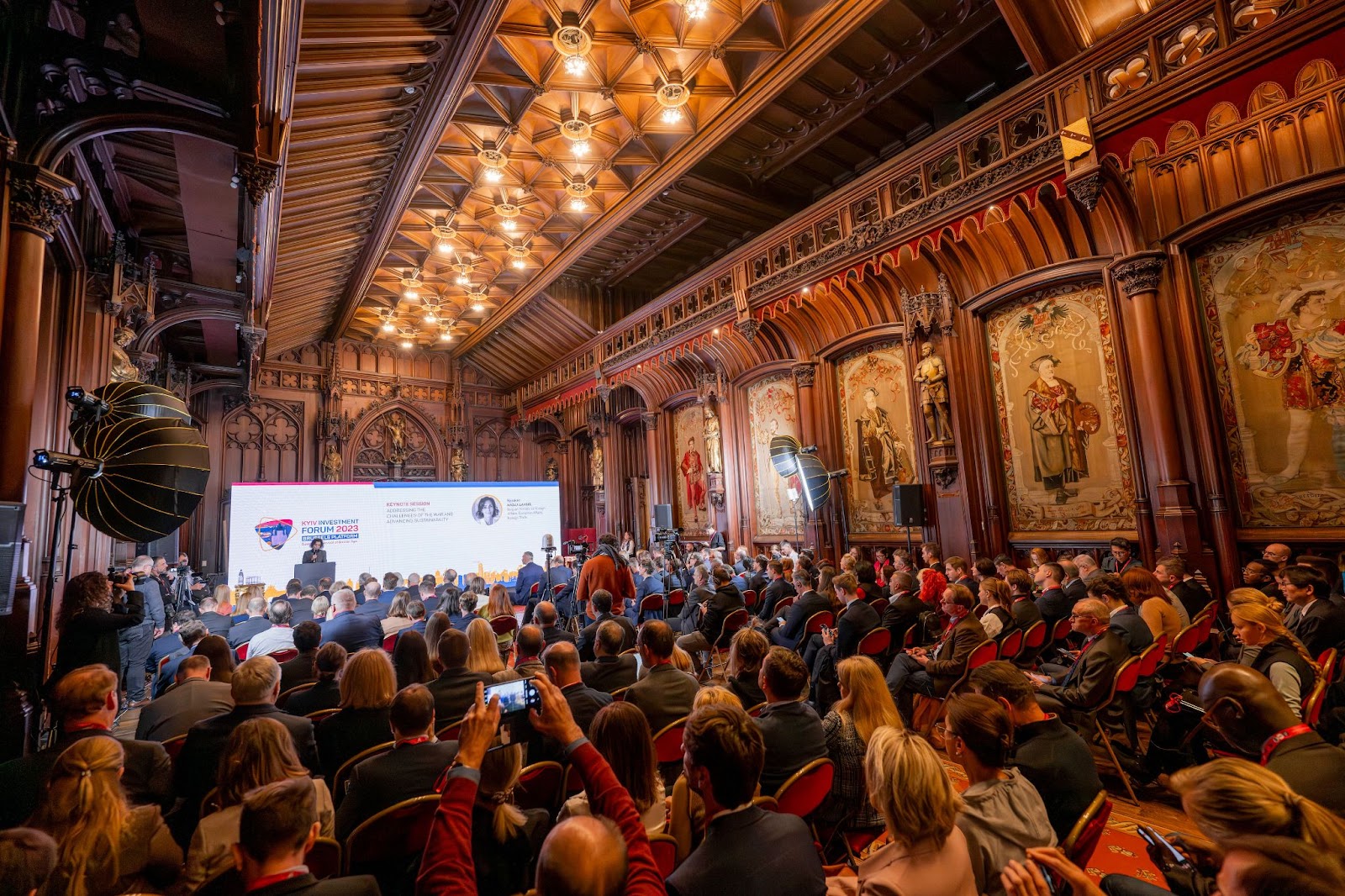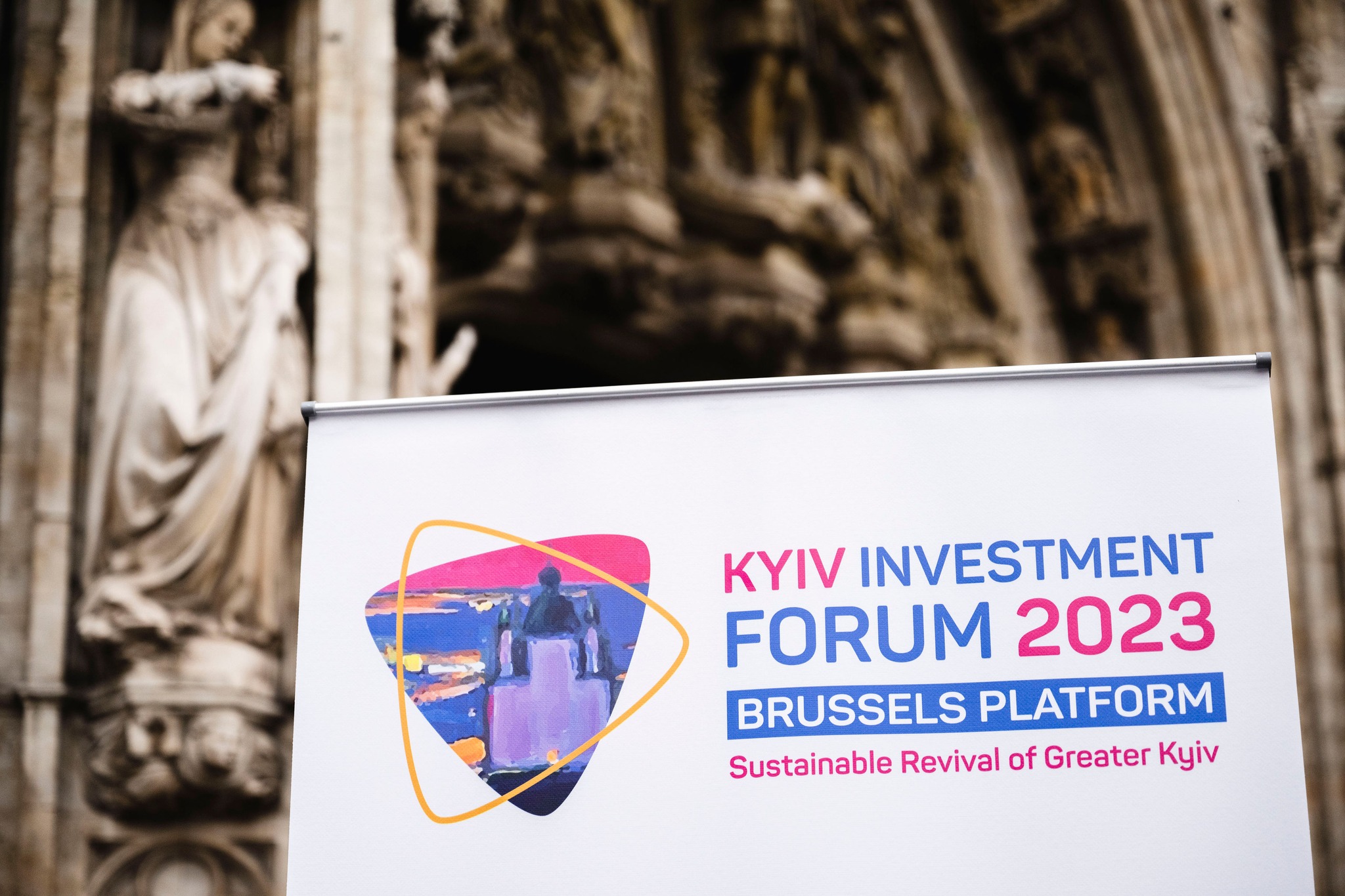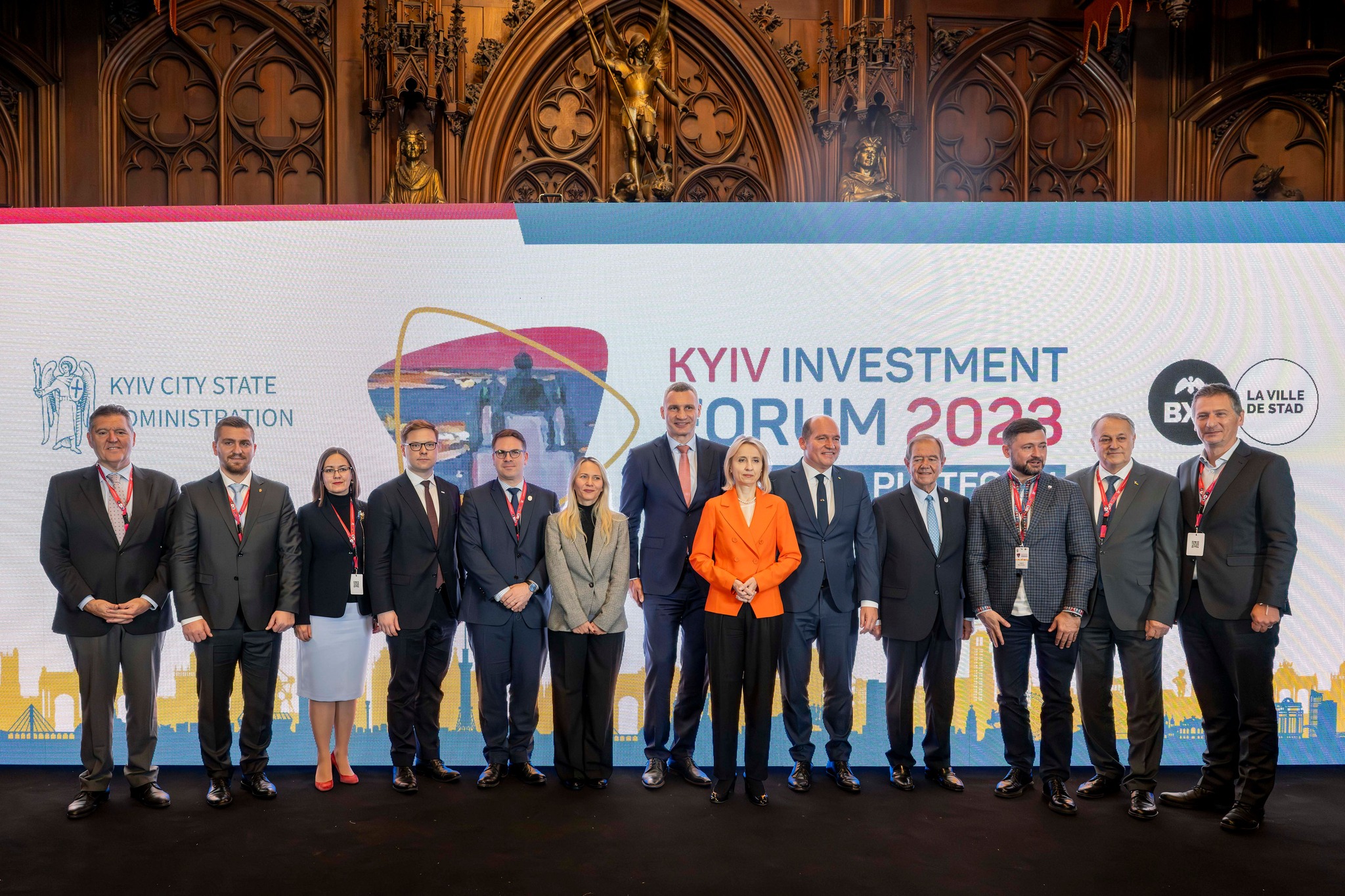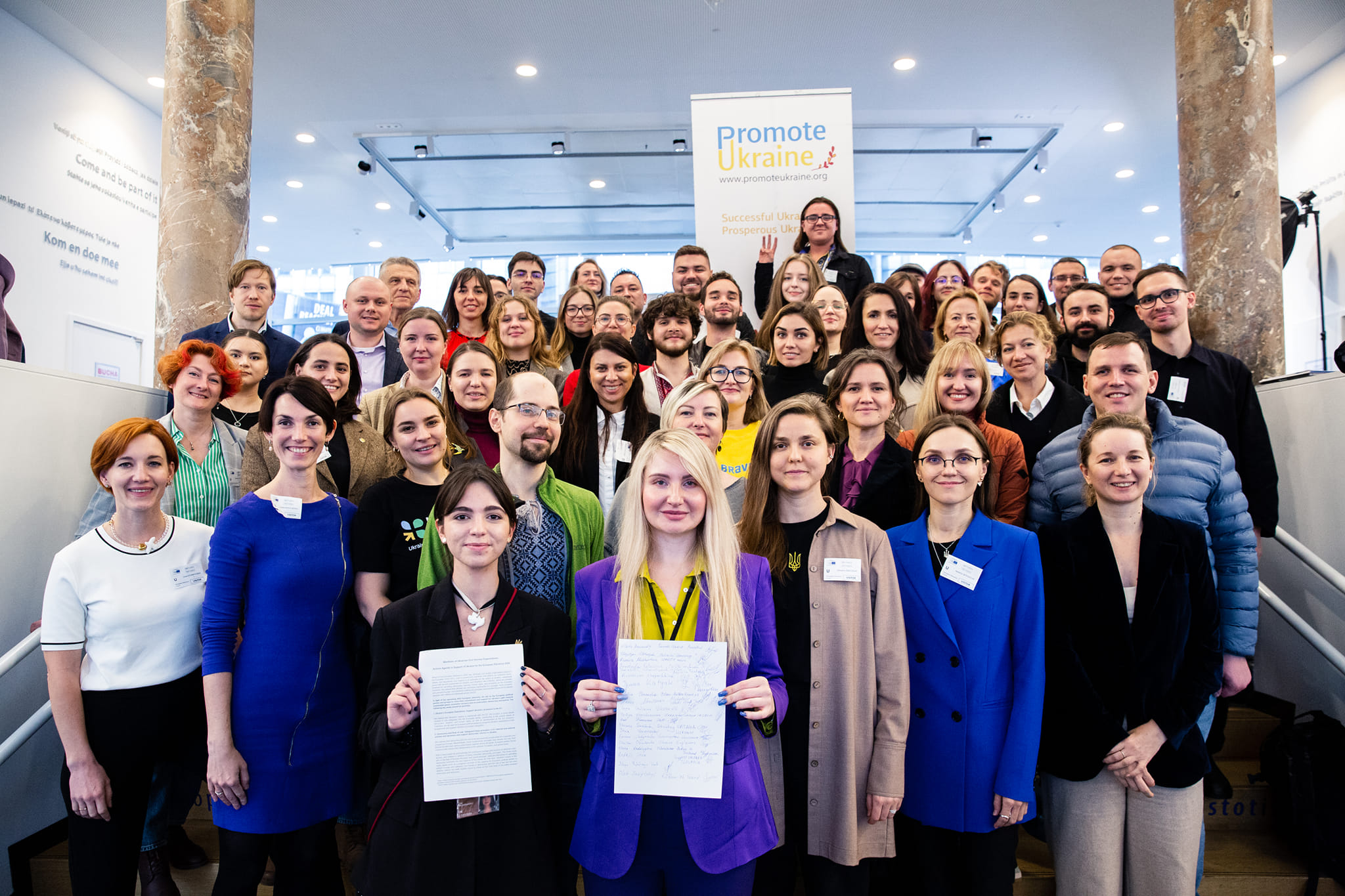Augmented reality (AR) is not just another fashionable information technology, its usage opens up different opportunities in almost all the spheres of human life. For example, today a significant number of training programs, especially corporate ones, are conducted with AR. This technology is also actively used by the military and medical personnel. Promote Ukraine asked experts about this trend in the future as well as the world and Ukrainian developments.

Andriy Tymoshenko, Live Animations owner
AR uses the most convenient means of communication – a smartphone. Today, this device is in almost every pocket, so anyone can access AR content. This is an endless field of opportunities for marketers. For example, take the packaging. Now it can “come to life” and tell everything about the product just by pointing the camera at a phone. Moreover, in the children’s product segment the child can get access to exclusive cartoons and educational game via packaging. This creates a very strong emotional connection between the buyer and the brand, and thus increases the level of loyalty and resale significantly.
The AR usage has given new life to the children’s book industry. It’s no secret that books lost the “war” for children’s attention on tablets and smartphones up until recently. Manufacturers of augmented reality children’s books have solved this problem using the principle of “if you can’t win then lead it.” Now children all over the world do not have to choose between a book and a device. One thing complements the other: you read, then point the camera at the page and in front of you unfolds an exciting animation or an educational game with the heroes of the book (there are already many examples of such books in Ukraine – ed.).
For business, AR also has a revolutionary offer – the ability to try on goods directly in customer space. For example, you need a new electric kettle. How to choose from hundreds of options? It’s very simple – point the camera at the kitchen table and check which will look better. The same applies to furniture, finishing materials, landscaping, accessories and more.
By the way, experts have estimated that this technology usage can reduce the number of returns to online stores by 30%. Furthermore, 70% of respondents preferred AR-fitting more, than a 30-second commercial. 40% of them would prefer to buy online only after AR fitting. 48% want to buy only on websites that use augmented reality.
The total use of augmented reality today is limited by only two factors: the lack of available AR-glasses and the limited capabilities of smartphones processors. And if AR-glasses most likely are to be expected for a few years, the second obstacle will disappear very soon as the data rate in the new 5G standard of mobile communication will allow performing some calculations of mobile apps not on the phone (tablet), but on the server. This will greatly expand the capabilities of AR and make it available to a much wider audience.

Dmytro Sofyna, Head of R&D Center Winstars Technology LLC and Chairman of Vinnytsia IT Association
Definitely, AR (augmented, not virtual reality) has cool opportunities to complement our offline life. In what context? Imagine that you have simple glasses (not virtual), which size is normal, and you are a surgeon who is performing the operation and immediately sees on the screen glasses virtual tips, information, parameters. Either you are a cook and can see the recipe without distracting from cooking, or a master who is repairing the car and with two hands busy, immediately with the help of AR, find the necessary details and see information about them or a driver who gets the information from the navigator right before eyes and with virtual pointers, etc. That is, the answer is very simple – AR technology in the next 5 years using smart glasses will replace classic smartphones (or at least start this process). This means, 100% of program equipment will be based on AR.
Yes, Google and Microsoft have failed the mass of their smart glasses, which have now become a purely specialized gadget. However, according to insider information, in Cupertino, Apple plans to present new smart glasses, which will actually be completely tied to the smartphone and essentially replace the smartwatch. Therefore, the race of technology will begin most likely in 2021, and with each new version of the glasses will become more and more smartphone -safe and together with devices reduction, it becomes a very realistic plan.
For example, the smartwatch is a completely independent device now and you can make calls directly from it and much more. Thus, the smart glasses development will become a trigger of a new ecosystem with full AR use.
The next step is to combine the peripherals of smart glasses with wireless headphones and technology for easy scanning of brain activity. This will not only hear the right sounds but also read simple brain actions. Factually, this will allow you to control the cursor in glasses (nano camera monitors eye movements, and micro-oscillations in the brain already allow you to give a binary answer yes/no). This means that the interfaces of the glasses will be used not only by voice but also by sight.
There are already many developments that allow you to scan your head with simple sensors to obtain information.
And what’s next? Neuralink Ilona Maska went further. They develop a micromodule that will be implanted in a person’s head and allow directly, to get everything that is kept now in the smartphone without the use of glasses, but through the eyepiece interface. This is interesting to see in 2025 and beyond. And AR technology will actually complement the real reality in the human brain.

Natalia Druha, communicator of the company “MOON studio»
In 2019, the Ukrainian Institute together with MOON Studio presented a virtual bicycle tour along the streets of Lviv, Kyiv and Kharkiv. The cycling trip was presented for the first time during the project “Ukrainian Night – Electronic Music and Contemporary Art” within the program of the bilateral “Year of Culture Austria-Ukraine 2019”.
“Ukrainian Night” is a one-day festival designed to tell about modern Ukraine, which took place in the open air in the centre of the Austrian capital. In addition to the music program and 3D installation on the facade of the Leopold Museum, the Ukrainian Institute also organized a special bike station to present the event with Ukraine through virtual reality to visitors. Wearing VR glasses, Austrians and guests of the city could “drive” through the cities of Ukraine in 360 ° format and see the most beautiful places in our country. Now such a trip is available to every owner of a smartphone and VR glasses.
Virtual reality reveals an essential aspect of storytelling and provides the user with a complete immersion in reality. The experience of such an interaction is very valuable because it involves the biggest number of senses and stays in memory longer. So unsurprisingly that this VR-installation was in great demand and there was a constant queue for it.
Natalia Tolub






 UA
UA FR
FR DE
DE




